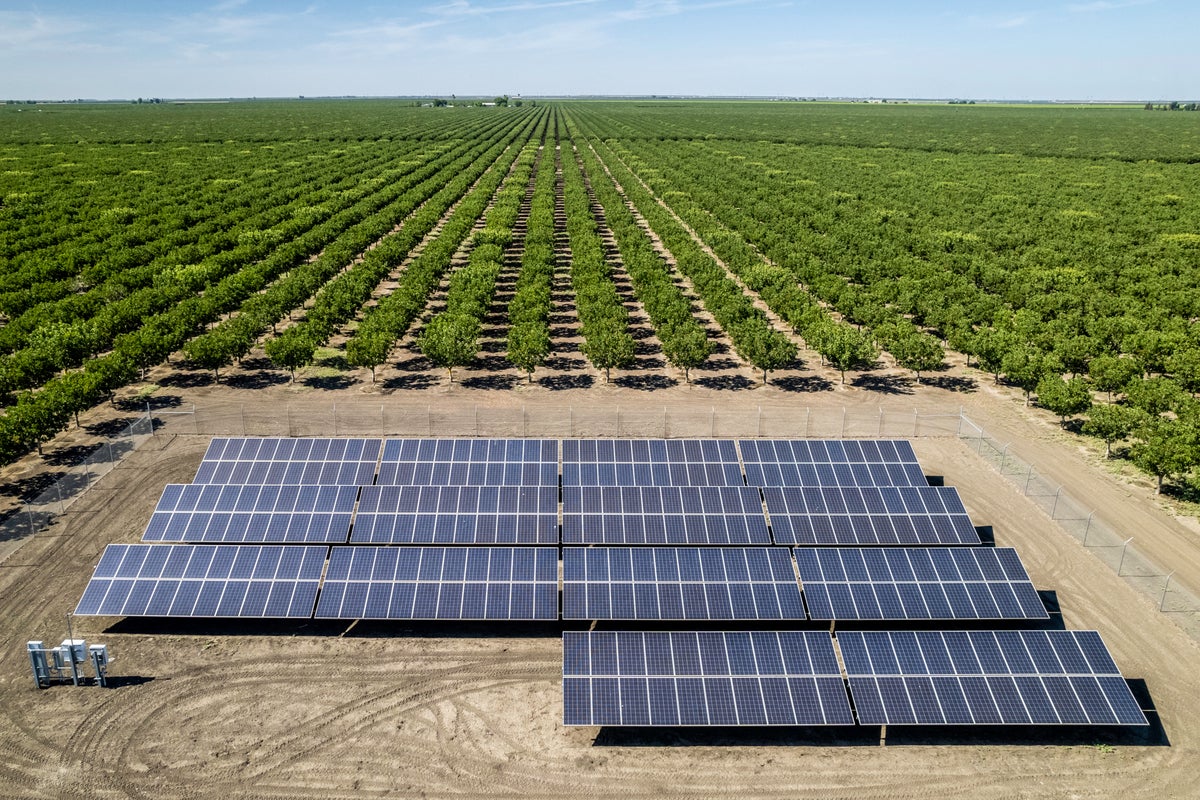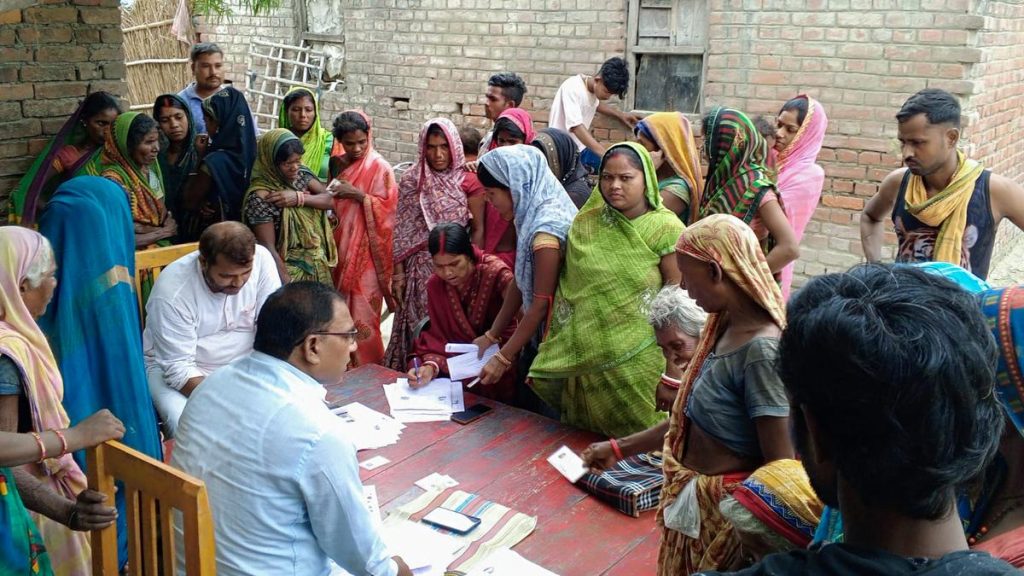Now Reading: Wind and Solar Now Outshine Fossil Fuels in Cost Efficiency
-
01
Wind and Solar Now Outshine Fossil Fuels in Cost Efficiency
Wind and Solar Now Outshine Fossil Fuels in Cost Efficiency

Quick Summary
- Renewable energy, specifically wind and solar, is cost-competitive with fossil fuels for new power plants even without subsidies, according to Lazard’s annual report on electricity generation costs.
- Key metrics: Onshore wind projects have a levelized cost of energy (LCOE) ranging from $37-$86/MWh; utility-scale solar projects fall in the range of $38-$78/MWh.
- Comparisons: Existing natural gas plants ($24-$39/MWh) and even coal plants ($31-$114/mwh) remain economically viable compared to renewables for short-term electricity demand spikes due to persistently low gas prices and rising renewable costs.
- New coal plants remain less competitive, with LCOE at $71-$173/MWh.
- In high-power demand environments like the U.S., renewables are regarded as quick-to-deploy and lowest-cost options for new generation capacity by lazard.
- Critics argue standard LCOE calculations don’t fully account for renewable energy’s systemwide costs-such as backup power requirements-which can increase overall price ranges (e.g., Midwest wind totals start at $71/MWh; solar-plus-storage in mid-Atlantic could reach up to $164).
Image Included: A photograph depicting agriculture near a solar installation, credited to Jason Doiy/Getty images.
Indian Opinion Analysis
Renewable energy’s increasing competitiveness-despite policy shifts or lacking subsidies-is an encouraging advancement that resonates beyond the United States’ borders into India’s rapidly growing energy landscape. With similar challenges such as meeting rising electricity demands while transitioning from fossil fuels to clean alternatives, India’s policymakers might find this report instructive in evaluating how diverse market conditions impact the practicality of renewables.
However, India should consider Lazard’s highlighted caveats around existing infrastructure economies-namely, fossil fuel assets still holding short-term viability under persistent demand growth or low commodity prices-to avoid abrupt disruptions during its transition phases. Moreover, critics emphasizing backup system costs remind us that integration challenges like grid reliability must not be underestimated when scaling renewables here.
India has consistently championed policies pushing toward cost-effective renewable solutions aligned with climate commitments but would benefit greatly from diversified strategies ensuring both economic feasibility and enduring scalability across various states’ power systems-a parallel worth monitoring through findings like these globally reputed analyses.


























